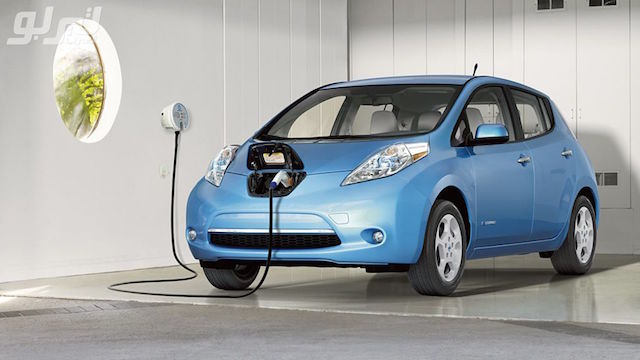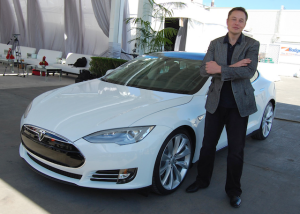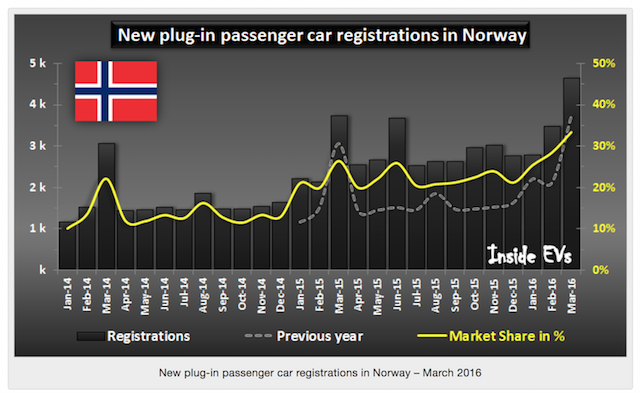
Norway and its abundance of clean energy is showing the world and its policy makers how to adopt electric cars – and in doing so it’s leaving similarly clean New Zealand far behind.
The plug-in Nissan Leaf (above) was the second best-selling EV in Norway last month – yet it was recently pulled from the market in New Zealand because it couldn’t sell at its sub-$40,000 price.
Norway has more all-electric cars per head of population than any other country in the world. Upwards of 30 per cent of the country’s new car sales are EVs, a figure double that of the runner-up, the Netherlands.
Norway has a population of just over five million, has huge oil and natural gas reserves but produces 96 per cent of its electricity from hydropower.
New Zealand has around 4.5 million people, has more modest oil and gas reserves, but gets upwards of 70 per cent of power from hydro plants.
Norway’s natural resources promoted a University of Minnesota environmental professor to tell the New York Times: “If there’s anyone in the world who should be using electric cars, it’s Norway,” said Julian Marshall. “That’s a place with clean energy.”

Marshall could also be talking about New Zealand. But that’s where any comparison would end, because Norway’s EV take-up is heavily subsidised by a government aiming towards a zero emissions fleet of cars, buses and light commercial vehicles by 2025.
The government exempts most plug-in hybrid and electric cars from sales tax and registration fees. That makes them price competitive with conventional cars. It also gives EV drivers access to commuter lanes, free parking in most cites, and exempts them from most ferry and bridge tolls.
Norway’s initial goal of 50,000 all-electric vehicles on the country’s roads was reached in April last year. A month later it agreed to keep the existing incentives to the end of 2017 and phase out some of them from January 2018.
In the past 12 months plug-in EVs in Norway have grown to more than 80,000. New Zealand has around 1000 registered EVs all up. Last month in Norway 4646 EVs were registered.
The Mitsubishi Outlander PHEV (plug-in hybrid electric vehicle) accounted for 686. Then came the Nissan Leaf, with 676 registrations, followed by the plug-in Volkswagen e-Golf (540), plug-in hybrid VW GTE Golf (526), the Tesla Model S (487), and Renault Zoe (291). Others like the small Mitsubishi I-MiEV made up the overall total.
Norway has been Tesla’s biggest market in Europe. More than 8000 Model S sedans were registered in 2014 and 2015, but they have slowed this year. In the first three months of last year 1532 were registered; so far this year it’s 705.
The reason, say observers, is that Tesla is scaling up US production of its face-lifted Model S and new SUV Model X at a time when it would devote more time to international deliveries.
- The average age of all the cars on New Zealand’s roads is 15 years, about the same as Greece and Cyprus. Norway’s is 10.5 years and getting younger.

